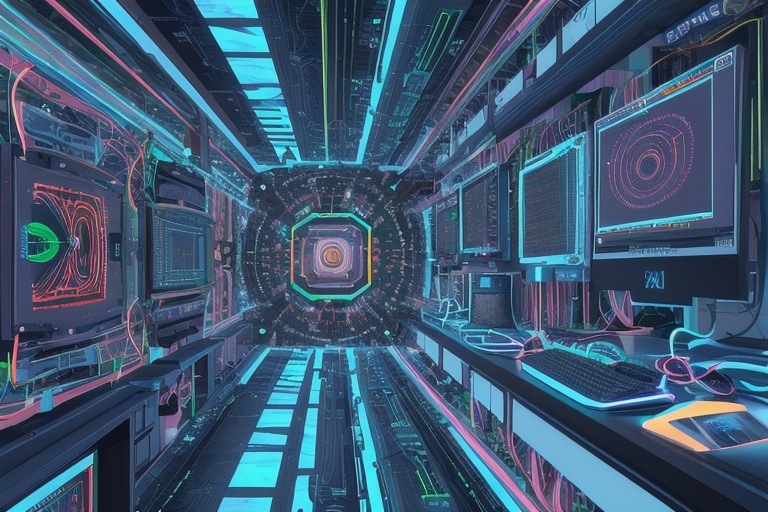Artificial intelligence (AI) has risen to prominence as a major driver of global economic growth, invoking both excitement and caution among experts and laypersons alike. Its impact on productivity, efficiency, and the nature of work is widely debated, reflecting the versatility and transformative capabilities of AI in the contemporary world.
Artificial intelligence (AI) has risen to prominence as a major driver of global economic growth, invoking both excitement and caution among experts and laypersons alike. Its impact on productivity, efficiency, and the nature of work is widely debated, reflecting the versatility and transformative capabilities of AI in the contemporary world.
Economic Growth and AI
Analysts project that AI has the capability to increase global economic growth rates to a robust 4-6% annually, an impressive uptick compared to previous decades. This optimism stems from AI's ability to streamline operations, enhance decision-making, and foster innovation across various industries. As companies harness AI for its predictive analytics and automation, they are poised to achieve unprecedented operational efficiency, effectively fueling economic expansion.
The AI Employment Paradox
However, the conversation around AI takes a nuanced turn when the subject of employment arises. Some experts anticipate a surge in job creation, propelled by the advent of new industries and roles designed to manage and advance AI technologies. On the opposite end of the spectrum, there are those who foresee a decline in available jobs, as automation and smart algorithms increasingly take on tasks that were traditionally performed by humans.
The current state of AI adoption in everyday applications, such as generating code or drafting articles, underscores the tangible presence of machine intelligence in today's work environments. This isn't a distant future scenario but rather the present day, delineating the ever-closing gap between humans and machines in operational capacity.
AI Patents and Diversification of Function
A testament to this advancement is the upsurge in AI-related patents, mapping a trajectory of ingenuity and technical evolution. These patents cover a range of capabilities, indicating AI's proficiency in handing diverse tasks with improved efficiency. Such a trend aligns with the projection that by 2030, roughly 70% of businesses will have integrated some form of AI technology into their workflows, thereby enhancing productivity and sharpening competitive edges.
The Potential for AI-Driven Employment Growth
Despite understandable concerns regarding automation-induced job displacement, certain researchers hold an optimistic view, positing that AI can generate fresh employment opportunities and give rise to novel industries. This outlook focuses on the potential of AI to augment human skills rather than replace them, essentially creating a synergy between human intellect and machine precision that could take productivity to new heights.
Navigating the Future of AI
While the precise implications of AI's progression on the labor market remain undetermined, continuous observation and analysis are vital. Policy makers, business leaders, and the workforce must engage in proactive strategy development to leverage AI's advantages while mitigating the risks associated with its integration.
As we stand on the cusp of widespread AI adoption, the necessity for inclusive dialogue and collaborative planning becomes more important than ever. It is essential to design measures that will navigate the workforce through the evolving landscape, fostering both the growth of AI and the well-being of employees. The journey towards an AI-augmented future holds vast potential, ripe with possibilities for innovation and societal betterment, and it beckons us to explore with an informed, thoughtful approach.
Information for this article was gathered from the following source.


